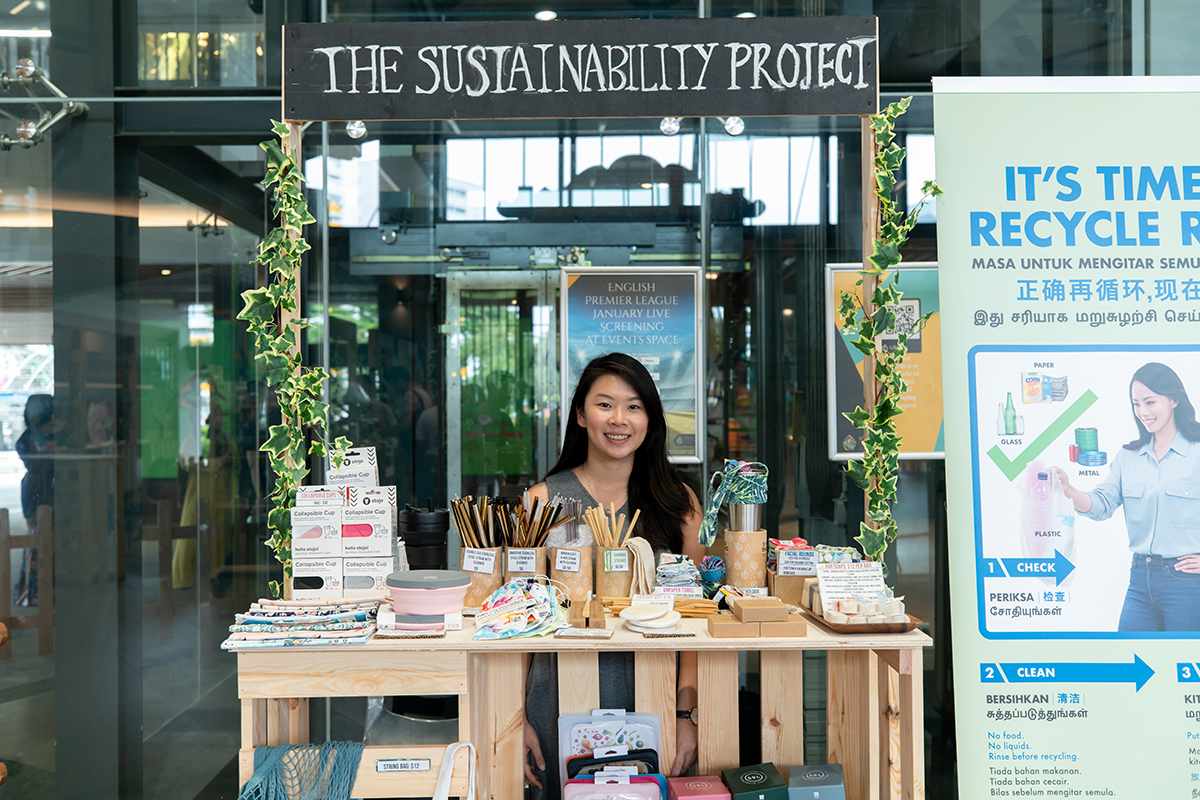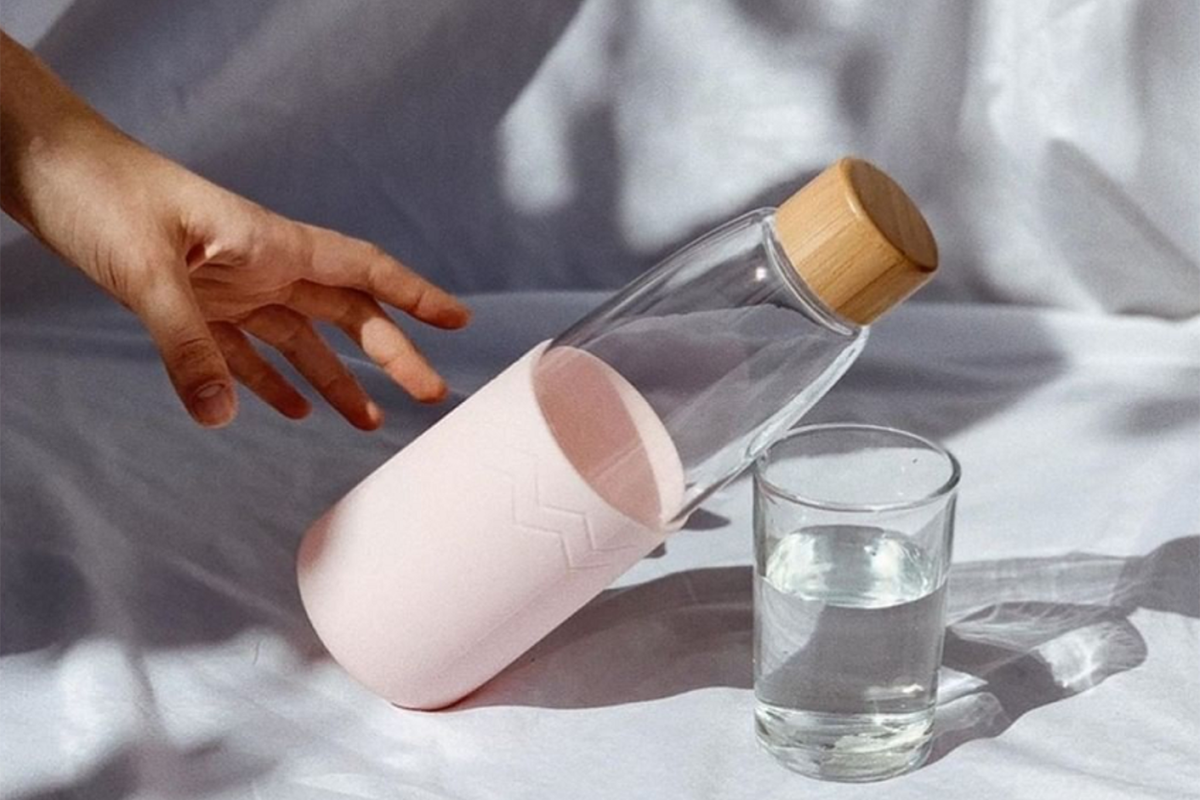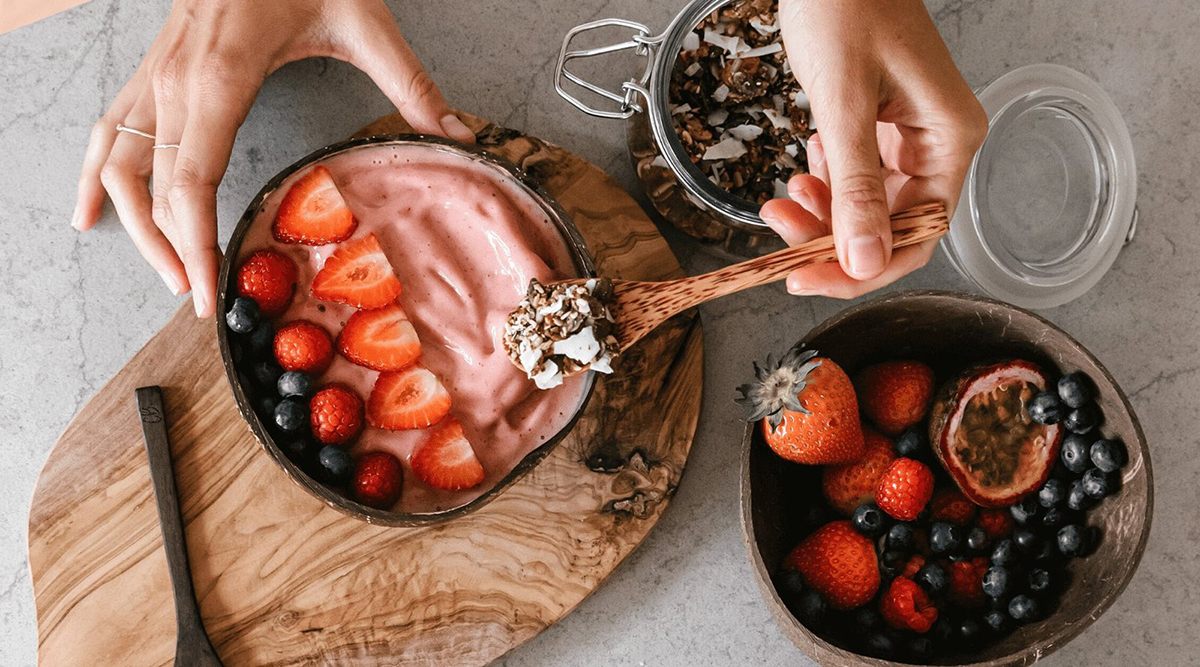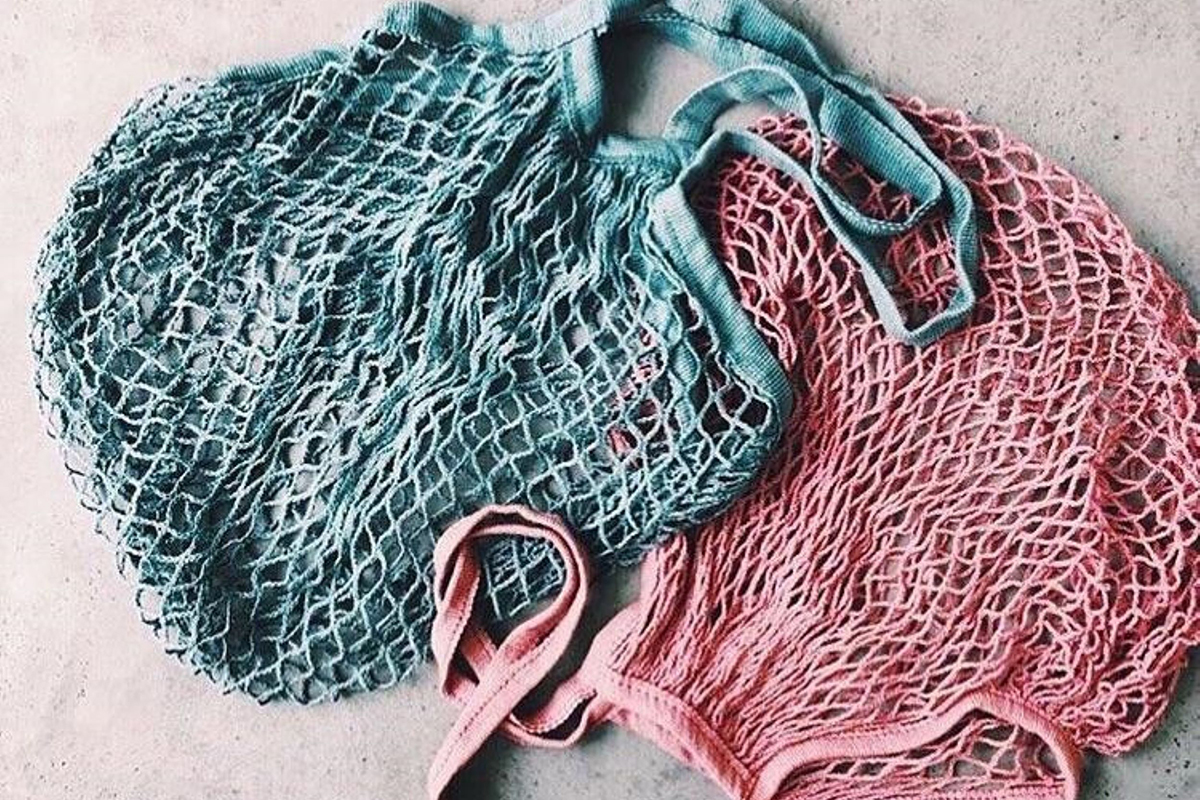Don’t know where to get started with sustainable home life? Joline Tang from The Sustainability Project shared her expert advice with us to help you find your footing.

Where do you recommend people start when making the switch to sustainable products?
It can be tempting to splurge on sustainable products in the beginning, but it’s always best to evaluate the products you already have instead of impulse-buying. The most sustainable product is the one that you did not purchase. Only buy something when you feel like you need it. Finally, make sure to always do your research and choose the product that best fits your lifestyle.
What do you think stops people from making the jump to a sustainable lifestyle?
I think people have this misconception that it’s very difficult to make the switch. If that sounds like you, I urge you make small changes, one step at a time. Everyone has their own pace of switching to a sustainable lifestyle and as long as you know the reasons for doing so and make a commitment to it, it will be an easy path. But you should also be aware that it does come with some inconveniences, such as bringing your own reusable bags or finding a nearby place to wash your food container. Rest assured though—once you have figured out your personal reasons for living sustainably, as well as our planet’s need for this change, you will no longer find it so troublesome.
Which of our common daily habits would you say is the most wasteful? What’s the best way to change this?
A lot of Singaporeans love bubble tea and even more get take-out on a daily basis. The plastic cups, containers and carriers used for both of these contribute to a large part of Singapore’s waste, mainly because of their incredibly short lifespan. The best thing you can do is to bring your own and thus eliminate your need for these disposables. With the threat of Semakau’s landfill being filled up by 2035, this is the most pressing issue that all of us can work to solve as socially responsible citizens.

SoL bottle, $50
The variety of sustainable materials on the market can be overwhelming for newbies. Can you give us a little tour?
- Stainless steel is a great material for clumsy people as it’s almost impossible to break. However, it does absorb temperatures fairly quickly, meaning that it can grow quite hot and may not always be safe to carry.
- Glass is my personal favourite. I love it because it’s the easiest to clean. It is however the most fragile material on this list and thus needs to be handled with care.
- Silicone is a good material for collapsible items, but do note that it will begin to absorb the smell of whatever food you store inside over time and may become difficult to clean.
- Bamboo is possibly the most sustainable material out there due to it being both biodegradable and compostable. However, it can unfortunately grow mouldy in Singapore’s high humidity. Keep in mind as well that bamboo straws need to be boiled in a mix of vinegar and water once a month to remain clean and safe to use.
Which is your go-to material for cups and bottles?
I use a glass coffee cup on a daily basis. I love it because it doesn’t retain any smells, chemicals or colours no matter what you put inside. I just have to be careful with it as it’s obviously quite breakable!
Can you share your top three sustainable kitchen alternatives and bathroom must-haves?
In the kitchen, I wouldn’t go without a few beeswax wraps, a dishwashing bar and my glass coffee cup. In the bathroom, a natural deodorant, a vegan soap bar and a trusty bamboo toothbrush will get the job done.

Coconut Bowl set, from $8
What’s one misconception you want to clear up about sustainable shopping?
The idea that it’s expensive. While some sustainable products can be pricey up-front, you need to change the way you evaluate them. Because they are reusable, they are not cheap disposables but instead translate into a worthy investment. Compare it to the way we shop for laptops and electronics—we don’t mind spending a little more on a great laptop because we know it will last us for years. Another common misconception is that sustainability is about buying lots of sustainable items, when actually it’s about ensuring that you only buy what you need and that what you purchase will serve you well over the years. You don’t want to be buying out of impulse and end up creating more waste.
Giving up single-use packaging can be difficult as it’s such a big part of our everyday lives. Can you share your top tip for avoiding it?
Bring your own bags, containers and cups everywhere you go. If you do incur single-use packaging accidentally, explore how you can extend its life before sending it to the landfill. Reuse it for other purposes or even upcycle it.
Let’s talk about “greenwashing.” What do you think people should look out for to avoid falling for products that are marketed as eco-friendly but aren’t truly sustainable?
The first step is to evaluate the information that any given company is putting out. I would encourage you to ask questions whenever you can and enquire about where products come from and how they were made. Do your research and find out different points of view. I also think flash prices are indicative of greenwashing, as they encourage people to buy things they don’t need on impulse.

String bag, $12
Any advice for buying sustainable home decor and furniture?
Shop second-hand if possible. If you can’t find what you’re looking for in second-hand and charity shops, make sure that the furniture or decor you purchase is something you really need in your life and that it will serve you for a long period of time.
Anything else you’d like to share?
Never underestimate the power you have to do something for our planet. No matter how big or small, every step counts, and starting with a simple change will encourage you to do more in the future!
Find out more about sustainable living at thesustainabilityproject.life. Featured image courtesy of Cottonbro.



